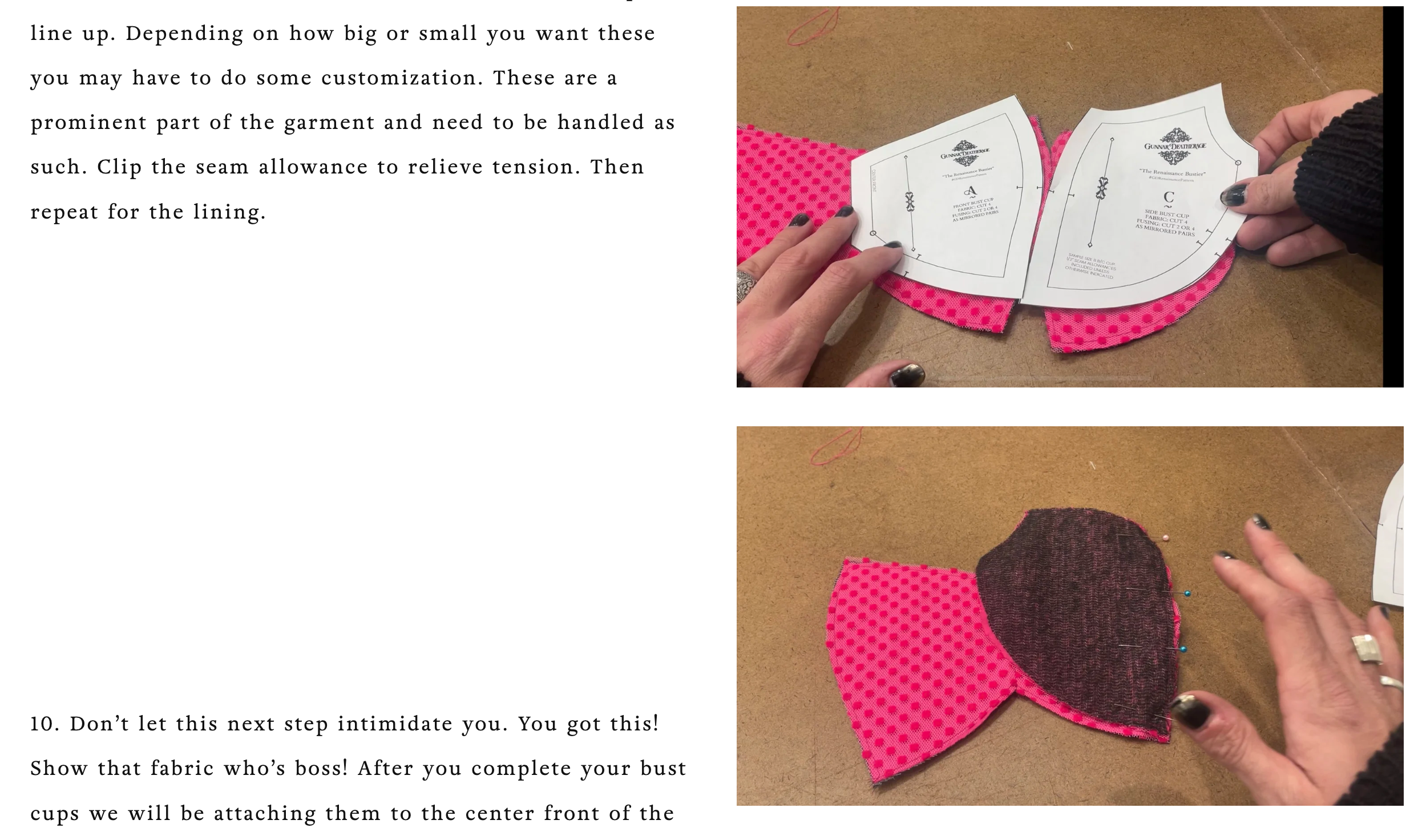The Renaissance Bustier Sewing Pattern Guide

Hello, and welcome to The Renaissance Bustier! I wanted to capture the romantic essence of some of my favorite period piece films. This is such a fun project with a lot of drama. The bustier can easily be modified to fit your needs! If you’ve been hanging onto a fabric for a while, now the time to break it out!
































